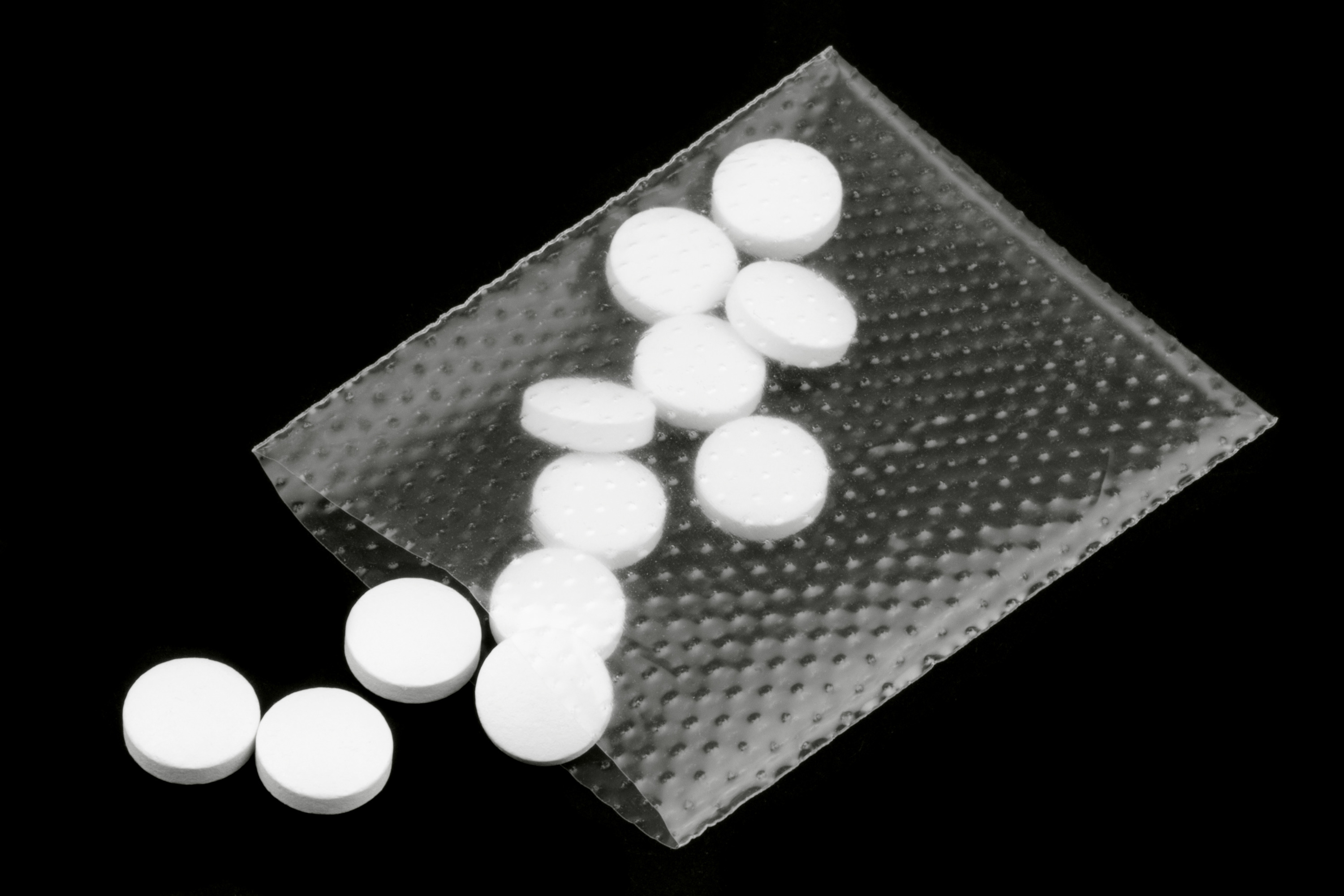
In excessive quantities, supplementation can interfere with the production of serotonin and other aromatic amino acids as well as nitric oxide due to the overuse (eventually, limited availability) of the associated cofactors, iron or tetrahydrobiopterin. Phenylalanine uses the same active transport channel as tryptophan to cross the blood–brain barrier. The latter three are known as the catecholamines. L-tyrosine in turn is converted into L-DOPA, which is further converted into dopamine, norepinephrine (noradrenaline), and epinephrine (adrenaline). L-Phenylalanine is biologically converted into L- tyrosine, another one of the DNA-encoded amino acids. In 2005 the DRI is set to 27 mg/kg per day (with no tyrosine), the FAO/ WHO/ UNU recommendation of 2007 is 25 mg/kg per day (with no tyrosine).
Amphetamine smino plus#
For phenylalanine plus tyrosine, for adults 19 years and older, 33 mg/kg body weight/day. Institute of Medicine set Recommended Dietary Allowances (RDAs) for essential amino acids in 2002. The Food and Nutrition Board (FNB) of the U.S. Another common source of phenylalanine is anything sweetened with the artificial sweetener aspartame, such as diet drinks, diet foods and medication the metabolism of aspartame produces phenylalanine as one of the compound's metabolites. Good sources of phenylalanine are eggs, chicken, liver, beef, milk, and soybeans. This discovery helped to establish the nature of the coding relationship that links information stored in genomic nucleic acid with protein expression in the living cell. coli, they could cause the bacterium to produce a polypeptide consisting solely of repeated phenylalanine amino acids. They showed that by using mRNA to insert multiple uracil repeats into the genome of the bacterium E. The genetic codon for phenylalanine was first discovered by J. In 1882, Erlenmeyer and Lipp first synthesized phenylalanine from phenylacetaldehyde, hydrogen cyanide, and ammonia. The first description of phenylalanine was made in 1879, when Schulze and Barbieri identified a compound with the empirical formula, C 9H 11NO 2, in yellow lupine ( Lupinus luteus) seedlings. As an essential amino acid, phenylalanine is not synthesized de novo in humans and other animals, who must ingest phenylalanine or phenylalanine-containing proteins. It is a direct precursor to the neuromodulator phenethylamine, a commonly used dietary supplement. It is used in the manufacture of food and drink products and sold as a nutritional supplement for its analgesic and antidepressant effects.

Phenylalanine is found naturally in the milk of mammals.
Amphetamine smino skin#
Phenylalanine is a precursor for tyrosine, the monoamine neurotransmitters dopamine, norepinephrine (noradrenaline), and epinephrine (adrenaline), and the skin pigment melanin. The L-isomer is used to biochemically form proteins coded for by DNA.

This essential amino acid is classified as neutral, and nonpolar because of the inert and hydrophobic nature of the benzyl side chain. It can be viewed as a benzyl group substituted for the methyl group of alanine, or a phenyl group in place of a terminal hydrogen of alanine. Phenylalanine (symbol Phe or F) is an essential α- amino acid with the formula CĢ.


 0 kommentar(er)
0 kommentar(er)
